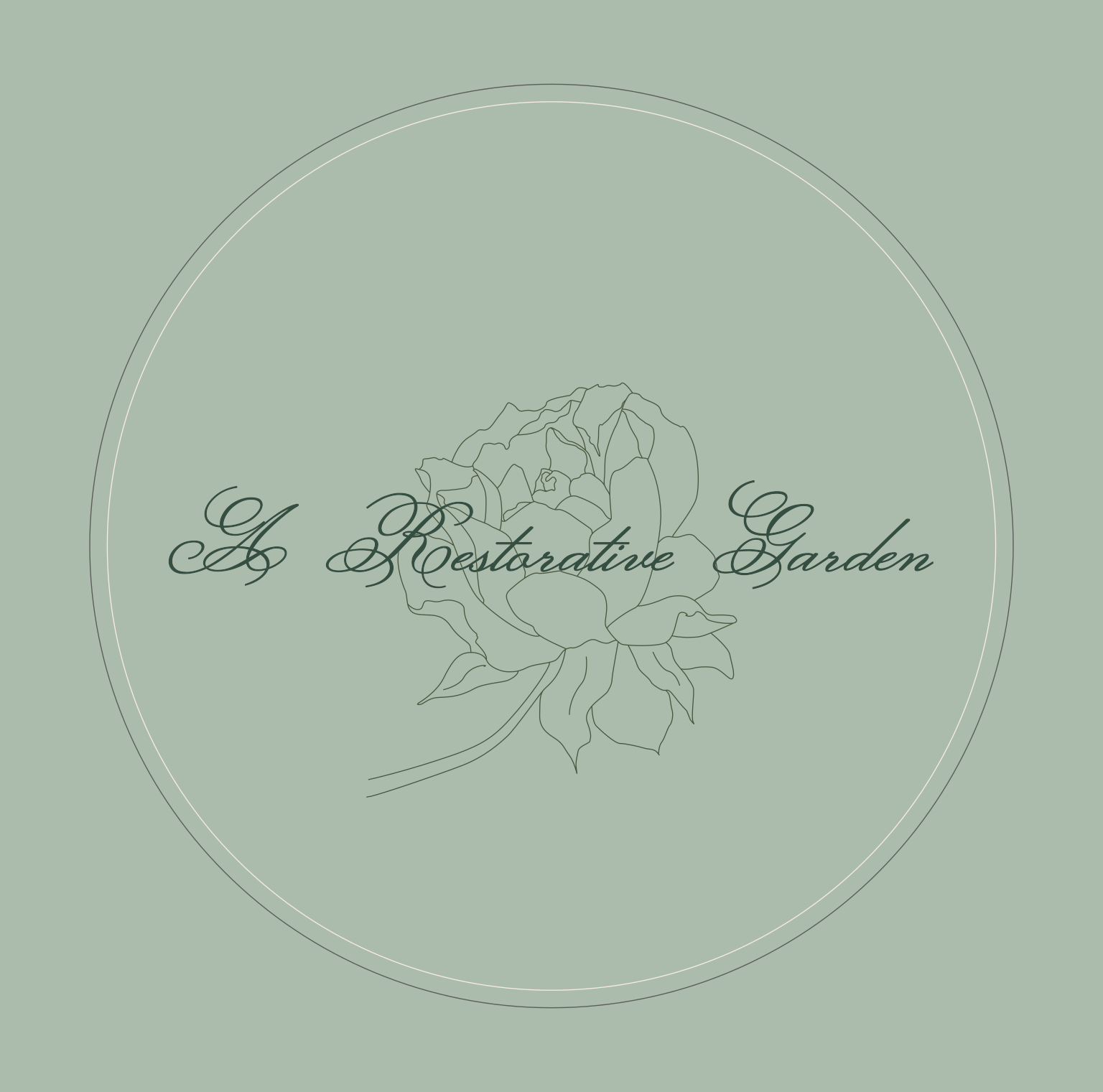A few weeks ago I bought a bottle of vetiver essential oil and a sachet of dried vetiver roots that had the most wonderful fragrance – a unique and complex combination of a warm earthy base with a sweet citrus/floral top note.
Keen to bring the plant responsible for these beautiful products into the garden, I started searching for a nursery that could supply them.
It took a little while, but with help from the Holy Spirit, I was able to find a nursery who could order in some plants for me and I picked them up a few days after contacting them.
Contemplating Vetiver
Care of Vetiver
The advice from the nursery assistant was to give the plants lots of water and exposure to the sun. The area I’m in is also exposed to quite a bit of wind and high temperatures. You can water a plant in the morning and then a few hours later the soil is almost dry again. Perhaps I’ll need to water these more than once a day, but we’ll see..
From the reading I’ve done, it seems like vetiver can withstand pretty much anything the environment throws at it – acidic soils, saline soils, floods, searing heat…cold weather might be more of a problem, but overall it seems like it’s a very hardy plant. I love the way it brings a light and airy feel to the garden.
The plants are sitting in small grow bags at the moment, but I’ll transplant them into containers or larger grow bags.
Uses of Vetiver
Land conservation
Vetiver has many uses, one of which is to stabilise soil (this is known as the Vetiver System). Plants can be placed 15cm apart on a sloping surface and their strong, deep root system helps to prevent landslides, thereby stabilising the soil. They can also be used to treat waste water as the roots absorb metallic and organic contaminants.[1]
Handmade crafts
Artisans can use the leaves and roots of vetiver to create beautiful homewares and personal accessories.
Fragrance
The roots of the plant contain the essential oil, which is made up of around 200 compounds most of which are derivatives of sesquiterpenes.[1]
Haitian vetiver essential oil is the most commercialised in the world. Secondary metabolites that are responsible for its fragrance are khusimol, beta-vetivone and alpha-vetivone.[1] Vetiver essential oil is also used as a fixative in perfumes, a quality that is facilitated by the presence of sesquiterpene alcohols including vetivol acetate and vetiverol.[2]
Health
Studies have found that vetiver essential oil may also have biological properties including anti-inflammatory, antifungal, antibacterial and antioxidant properties.[1]
There’s a lot more to learn about this elegant plant with uses that cross many industries from fine fragrance to handmade crafts, naturopathic medicine and land conservation.
References
1. Barcellos-Silva IGC, Dos Santos FKF, Kharkwal H, et al. Vetiver, Vetiveria zizanioides (L.) Nash: Biotechnology, Biorefineries, and the Production of Volatile Phytochemicals. Plants (Basel). 2025;14(10):1435. Published 2025 May 10. doi:10.3390/plants14101435
2. Pandey A, Tiwari SC. A Review on Chemical Composition, Oil quality and Bioactivity of Vetiver Essential Oil. Indian J Pharm Sci 2024;86(4):1176-1186

Leave a Reply